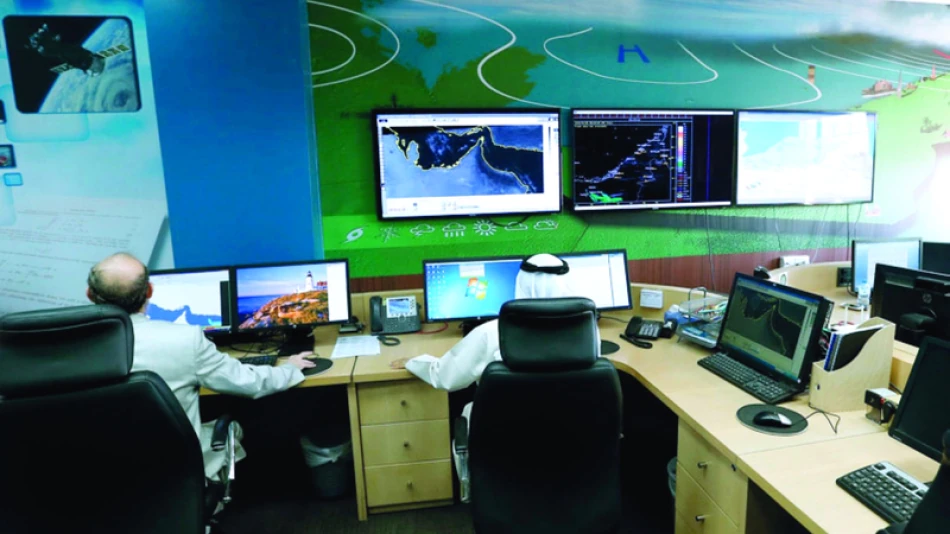
Gulf Coasts Unlikely to Face Tsunami Threat, Asserts Earthquake Agency Director
UAE Meteorological Center Dismisses Tsunami Threats from Pacific Earthquakes
The UAE's National Center of Meteorology has categorically ruled out any tsunami risk to Gulf coastlines following recent powerful earthquakes in the Pacific Ocean, including a devastating 8.8-magnitude quake that struck Russia's Kamchatka Peninsula. The center's analysis highlights the Gulf's unique geological protection from Pacific-generated tsunami waves, while also forecasting extreme heat for August with temperatures potentially reaching record levels.
Geographic Barriers Provide Natural Protection
Khalifa Al-Abri, Director of the Earthquake Department at the UAE's National Center of Meteorology, explained that the Arabian Gulf's geographic distance from the Pacific Ocean—the world's primary source of tsunami waves—creates a natural barrier against such threats. The Gulf's relatively enclosed geological nature, combined with its lack of massive underwater fault lines or active tectonic plate boundaries, makes it fundamentally different from the volatile Pacific Ring of Fire.
"The risk of Gulf coastlines experiencing Pacific-style tsunami waves is scientifically negligible," Al-Abri stated, emphasizing that both the Arabian Gulf and Red Sea fall outside globally recognized tsunami-active zones.
The Kamchatka Earthquake: A Pacific Phenomenon
The recent 8.8-magnitude earthquake that struck Russia's far-eastern Kamchatka Peninsula generated tsunami waves reaching four meters in height, causing building damage and triggering evacuation orders across Pacific coastal areas. According to the Russian Academy of Sciences, this represents the strongest earthquake to hit the region since 1952, underlining the Peninsula's position within the geologically active Pacific Ring of Fire.
Climate Change and Seismic Activity: An Evolving Science
Addressing growing public concerns about potential links between climate change and seismic activity, Al-Abri clarified that earthquakes and tsunamis primarily result from tectonic plate movements deep within the Earth—natural geological processes unrelated to climate change. However, he acknowledged that emerging research is exploring indirect effects, such as how melting ice and rising sea levels might influence geological pressure distribution, though these studies remain inconclusive.
Global Earthquake Impact Statistics
The scale of global seismic threats becomes clear when examining historical data: over the past 50 years, more than 140 earthquakes exceeding magnitude 8.0 have occurred worldwide, with most generating tsunami waves. These events have claimed over 250,000 lives and caused economic losses exceeding $100 billion, demonstrating why continuous monitoring remains crucial even in low-risk regions like the Gulf.
August Weather Forecast: Extreme Heat Expected
Shifting focus to immediate regional concerns, the UAE's meteorological center has issued forecasts for August showing significant temperature increases driven by seasonal low-pressure systems extending from the southwest. These systems, combined with the Indian seasonal depression, are expected to push temperatures well above normal levels while potentially bringing scattered rainfall to interior regions.
Temperature and Humidity Projections
August temperatures are forecast to range between 34.7°C and 36.5°C on average, with maximum temperatures reaching 40.9°C to 43.2°C. The month's weather pattern will be characterized by southeastern winds during nights and mornings, shifting to northern winds during daytime hours. Relative humidity is expected to average 47%, with increased perception of moisture during morning and evening hours.
Historical records show extreme variations, with the highest recorded August temperature reaching 51.4°C in Muzaira'a in 2017, while the lowest dropped to 16.1°C on Jabal Mabrah in 2013. Wind speeds typically average 12 km/hour, though gusts can reach extreme levels—the highest recorded gust hit 127.8 km/hour in Al-Hayer in 2023.
Regional Implications for Gulf States
The UAE's comprehensive seismic monitoring approach reflects broader Gulf state strategies for disaster preparedness. While the region enjoys natural protection from Pacific tsunamis, the emphasis on continuous global monitoring demonstrates sophisticated risk management that could serve as a model for other nations in geologically stable regions.
The combination of tsunami risk assessment and extreme weather forecasting illustrates how modern meteorological centers must balance immediate local concerns—like dangerous heat levels—with global monitoring responsibilities, ensuring public safety across multiple environmental threats simultaneously.
Most Viewed News

 Sara Khaled
Sara Khaled






